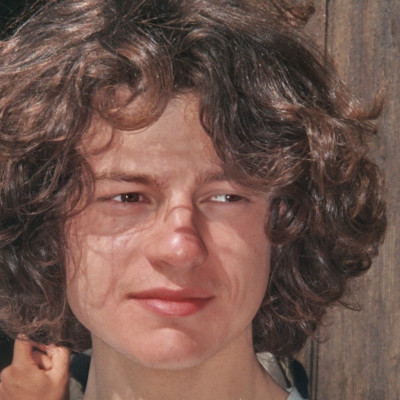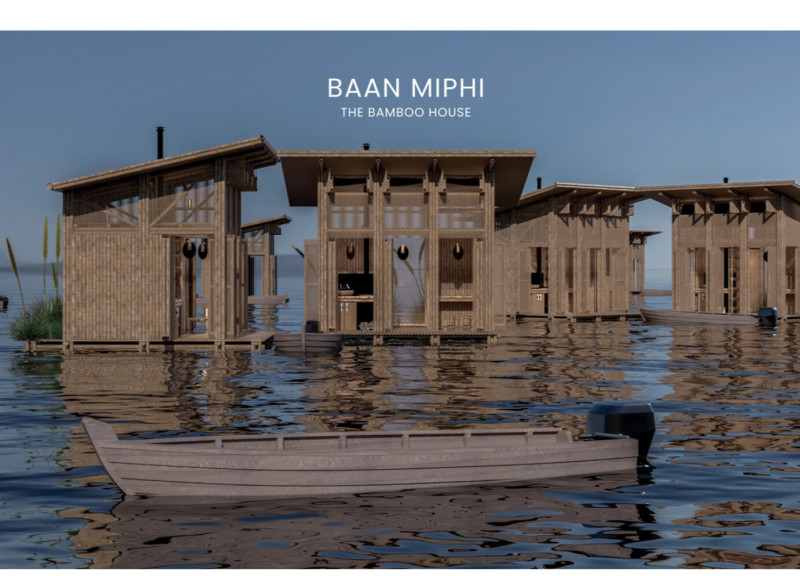5 key facts about this project
At its core, the project is designed to function as a multi-use community center, designed for flexibility and adaptability to accommodate various activities and gatherings. This multipurpose nature encourages community interaction and engagement, reflecting a modern approach to architecture that prioritizes social spaces alongside individual needs. The layout is intentionally open, promoting a fluid connection between different areas, which fosters a sense of inclusiveness and encourages spontaneous encounters among visitors.
Visually, the project utilizes a harmonious balance of materials that resonate with its environment. The façade features a combination of locally sourced timber, glass, and concrete, creating a dialogue between the natural and built elements. The timber brings warmth and texture, while the expansive glass promotes transparency, allowing natural light to permeate the interior spaces, thereby enhancing the overall ambiance. The concrete elements ground the structure within its setting, providing stability and durability.
Key design details include a series of strategically placed overhangs that not only contribute to the aesthetic appeal but also provide essential shading and weather protection for the entrances and outdoor spaces. This thoughtful consideration of environmental factors is a testament to the project’s commitment to sustainability. The use of green roof systems and rainwater harvesting techniques further exemplifies this dedication, integrating ecological strategies into the architectural design.
The interior spaces are characterized by an open floor plan that supports a variety of functions, from community workshops to informal gatherings. Large movable partitions allow adaptability, enabling users to modify the space according to their needs. Natural ventilation and energy-efficient lighting systems are incorporated throughout, ensuring a comfortable and eco-friendly atmosphere within the building.
What sets this project apart is its commitment to reflecting the cultural context of the area. Local artisans contributed to specific design elements, including handcrafted fixtures and installations that echo the region's craftsmanship and heritage. This element of local engagement not only enriches the project aesthetically but also strengthens the community connection to the space, creating a sense of ownership among the users.
Throughout the design process, sustainability has been a guiding principle, influencing material choices, construction methods, and operational functionalities. The inclusion of renewable energy sources, such as solar panels, demonstrates an awareness of the ecological footprint of the built environment, positioning the project as a leading example of sustainable architectural practice.
In terms of architectural plans and sections, they reflect a comprehensive approach to layout and functional flow, evidencing a well-considered balance between communal and private areas. These architectural designs provide insights into the meticulous planning that has gone into accommodating diverse activities while ensuring comfort and accessibility for all users.
As you explore the project presentation further, consider delving into the architectural ideas that underpin this design. Understanding the architectural plans and sections will offer deeper insights into how this project articulates a vision for community interaction while responding to its environmental context. The unique blend of materials, the focus on sustainability, and the incorporation of local cultural elements combine to create a space that is not only functional but also enriches the lives of those who engage with it. This architectural endeavor invites a closer examination of its design outcomes and inspires considerations for future projects of a similar nature.


 Baptiste Rialland,
Baptiste Rialland, 























